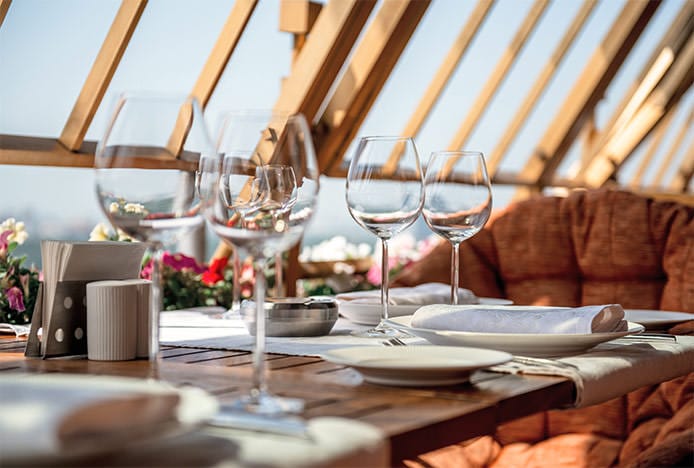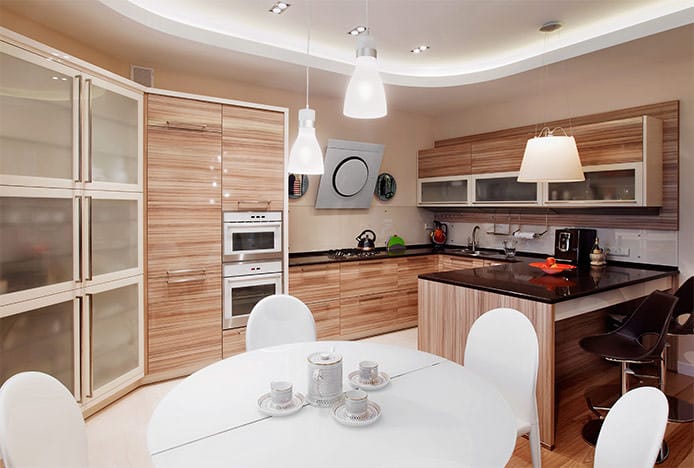History of Dining Tables
By Philippa Baker, 2nd February, 2014
It has often been said that modern design owes much of its success to the trends that preceded it, and furniture is no exception. The history of the dining table goes all the way back to the early Greeks and Romans, civilisations famous for their love of banqueting. With this in mind, it’s not surprising that these two world empires provided the catalyst for the creative process of explorative furniture design.

Whilst the word 'table' is derived from the Latin word 'tabula', the earliest models were used by the Ancient Egyptians, albeit in a purely practical sense. The birth of more recreational designs coincided with the emergence of European empires, who placed a great emphasis on lavish living and opulent dining. These were often crafted from marble, as seen in the Modena, elegantly evoking this timeless influence.
Initially shapes were big and rectangular which enabled the head of the household to occupy the top end, giving him the privileged position of viewing all of his guests at once. Back then families were not only larger, but extended family habitually lived together in one community. As a result the table acted as the centrepiece of the dining hall, with mealtimes just as much about socialising as they were about food and drink.

As time passed, the Romans introduced the circular model to Italy, an invention that continues to endure as a popular alternative to conventional rectangular dining tables. Circular designs allow each seated member of the party to have equal view of other diners, without the need for an obligatory host or head of the table. This undoubtedly produces a more informal, relaxed, and egalitarian atmosphere that is more in keeping with contemporary dining habits. Our round dining tables represent a stylish throwback to the middle ages, when revelry and feasting was the order of the day.
When looking at the designs of modern day dining tables it cannot be denied that we’ve come a long way from ancient civilisation, as well as the ornately decorative designs of the much more recent Victorian era. With state-of-the-art materials and the latest technological processes, we’re now bombarded with an exciting array of styles, sizes and materials to adorn our dining furniture, catering to a broad spectrum of individual tastes and requirements.
Pairing clear glass with a stylishly sculpted polished chrome frame, the Palermo Glass Table is great example of a modern model that could only have been dreamt of by our ancestors.

Even now, as designs continue to evolve, one thing remains consistent. Over the years these timeless structures have retained their central allure and community focus, and will no doubt continue to do so. Stylishly re-enforcing family values all the while emphasising the importance of communication and companionship, they beautifully encapsulate the essence of good living - and that is one thing that will never change.
Related Articles
Dining Table Materials
We take a closer look at the materials we use to make our dining tables..
Dining Tables Are a Feature
Learn how you can turn your dining table into a stylish focal feature..
Styles of Dining Tables
Discover a dining table design to suit every budget and interior style..



















